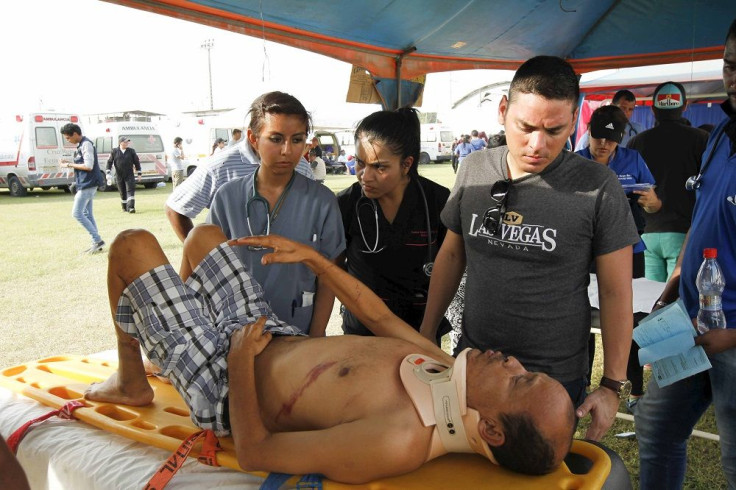Experts say Japan & Ecuador quakes unrelated
Seismologist suggests reassessment of seismic risks of Kyushu geology

The close timing of two powerful earthquakes that not only rocked Japan and Ecuador, but also took lives and destroyed properties, has led a Colorado seismologist to warn of four stronger temblors with magnitudes higher than 8.
However, scientists say the two events are unlikely related. Besides the 9,000-mile distance between the two countries, experts explain their stand from a seismological perspective, reports Gizmodo. Although the two devastated nations are part of the Pacific Ring of Fire, the tremor that shook Japan was shallow caused by a fault within a single plate.
However, the Ecuador quake involved the Nazca and South American plates, resulting in megathrust tremor due to the tectonic plate sliding under another. In contrast, the Japan quake involved a strike-slip, another kind of fault, on top of the Eurasia plate. The Washington Post explains that the Japan quake was the result of the Philippine Sea Plate slipping under the Eurasian Plate around Japan which applied pressure on the island chain. It created cracks under the earth’s surface hundreds of miles where the plates meet, resulting in inland earthquakes.
Scientists acknowledge that there are instances when a tremor triggers another earthquake even if their locations are up to 600 miles apart. In such cases, it is because of shifting faults that cause nearby fault lines to slip and result in a double-fault earthquake. That scenario happened in 1812 at the San Juan Capistrano earthquake when the San Jacinto fault triggered the San Andreas fault.
The unusual character of the Japan tremor is because of Kyushu’s geology in which the ground below the island cracked unusually easily. The situation allowed one quake to cause another in a series and spreads the havoc in an area wider than the usual. Because of this situation, Kyushu University Seismology Institute associate professor Satoshi Matsumoto urged a review of seismic risks since Kyushu has six commercial nuclear reactors, with two in operation.
In Ecuador, the death toll reached 413 people, while a local team and more groups for neighbouring countries spread across Ecuador’s Pacific coastline to search for people still missing. Since many areas still lack electricity, the search for survivors is hampered by the use of noisy power generators, making it more difficult to hear the cries of buried victims still alive and hoping for a rescue.






